In celebrating our commitment to each other, we share the implicit knowledge that our union is one of shared benefits. We symbolize this with the engagement ring. Of course, we want to be sure that the joy it brings us doesn’t come at the price of others’ suffering.
Although jewelers across developed nations have taken great strides to offer greener options, it’s still wise to inform yourself on the nuances of an eco-friendly ring.
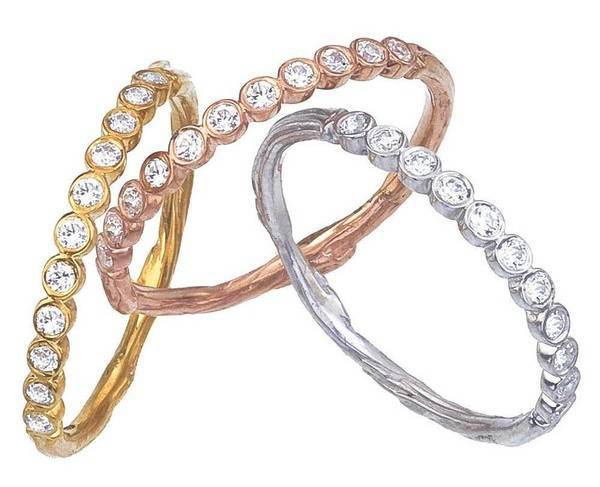
Eleven wishes diamond wedding rings
The History
It’s no secret that diamond mining is dirty business. It’s destructive to the environment and has a long history of appalling human rights violations due to awful working conditions including the use of child labor. In addition, Rebels in countries such as Liberia, Democratic Republic of Congo (DRC), and Sierra Leone are known to sell “Blood or Conflict Diamonds” to fund their wars.
Back in 2003 the United Nations Resolution established The Kimberly Process Certification to prohibit conflict diamonds from entering the market. The resolution was well intended but unfortunately, fell short because it failed to address human rights violations, instead focusing solely on mining and distribution of conflict diamonds. Certificates covered batches of rough diamonds instead of individual stones and there was no tracking system in place. The bad guys found loopholes and according to Global Witness, “diamonds mined in West Africa are regularly smuggled and given Kimberley Process certificates by countries other than their country of origin.”While The Kimberly Process may have been a good start, it has huge flaws and we need to do more.
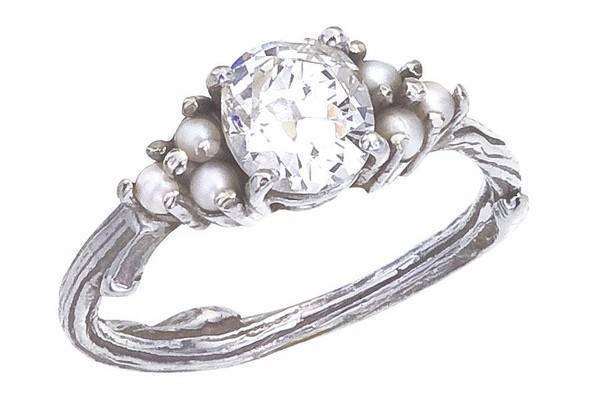
Engagement ring incorporating an antique diamond and cultured seed pearls
Tracking and Tracing
A practical solution is the tracking and tracing model used by Canadian diamond mines located in the NW territories. Each diamond is laser-inscribed with a unique tracking number that customers can verify showing the stone’s journey from mine to market.
The Jeweltree Foundation was created to promote free trade for small artisanal miners and mining cooperatives to help them get stones to market. Audited certification sets standards that aim to improve the lives and environment of the workers. Foundation criteria apply to human rights, environmental standards and transparency accountability. Jeweltree diamonds mined in Namibia are also cut and polished there. Stones are laser inscribed with a unique tracking number and are shipped with a certification card for online tracking.
Not every step of a gem’s journey is immediately transparent to the consumer or to the jeweler, even with thoughtful investigation. A socially conscious jeweler committed to improving the environment should be able to help you find gems that are truly conflict free and should be just as interested as you in uncovering the path a stone takes. Diamonds certified with mine to market tracking are a little more costly than stones with only Kimberly Process status because of the added administrative costs to ensure your stone truly is conflict free.
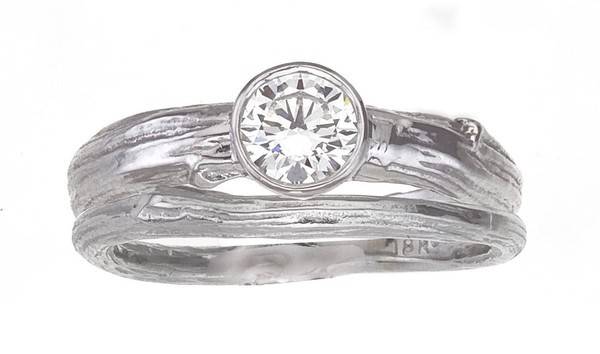
Bucolic setting ring – round bezel set diamond on branch band with narrower twig wedding ring
Vintage and Pre-owned Diamonds
Going vintage is a beautiful way to minimize the environmental impact of your ring. What’s more, vintage pieces often come with their own romantic back-story. A Diamond is considered vintage if it is over 50 years old and many of the older stones, cut and polished way before laser cutting are magnificent for their characteristic asymmetry compared to today’s precise standards.
There are a few ways to go vintage:
- Wear an entirely vintage ring. Be sure to seek out an antique store specializing in vintage and estate jewelry.
- Use a vintage setting with a new, conflict-free stone.
- Use a vintage stone and create a new setting for it, preferably with recycled metal. A professional appraiser can help you identify the value of the stone.
A pre-owned or recycled diamond has been previously used in a piece of jewelry, removed, re-polished and properly graded. It may be laser inscribed and in some cases, trackable to the previous owner. With pre-owned stones, the environmental and social tab has already been paid -your purchase leaves almost no footprint.
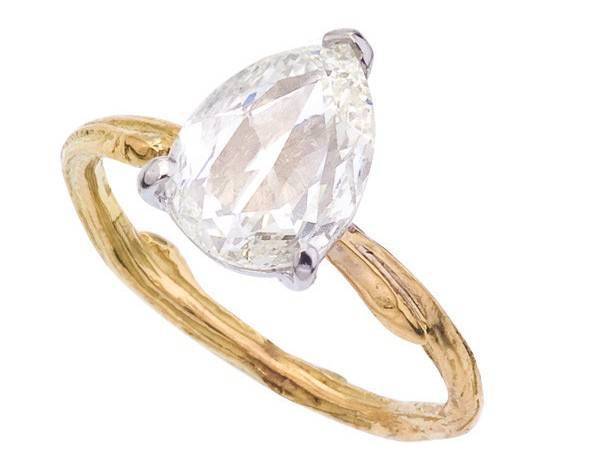
Rose cut pear shaped white diamond on delicate sprig band
Alternatives to White Diamonds
There are some notable diamond alternatives and they can be broken down into two categories. Synthetic lab grown diamonds, such as Moissanite, have the same chemical composition, crystal structure, optical, and physical properties of diamonds found in nature. For a fraction of the environmental impact, synthetic, also called cultured or lab grown stones, are gem replacements. They’re more affordable than their naturally occurring counterparts.
Diamond Simulants simulate the look of a diamond but are chemically different from diamonds. They may be artificial, natural, or in some cases a combination thereof. White sapphire, quartz, glass and cubic zirconia are examples of simulants.
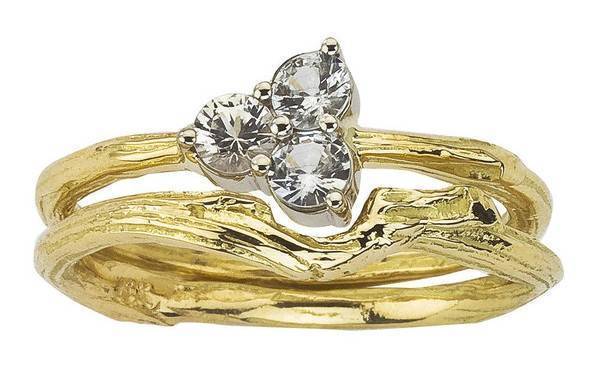
Twig and Branch Wedding Bands in 18K recycled Rose Gold
Colored Gemstones
Colored gems often come from smaller mines, many scattered throughout developing nations. Mine working conditions can be far from ideal. To guarantee that your colored gemstone is free of social ill, look to incorporate fair trade gemstones. Fair trade means fair and safe working conditions for miners including appropriate pay and no child labor. Mine communities should benefit through improved infrastructure and the building of schools and hospitals. The land and water supply should be protected. Lastly, fair trade should ensure product integrity by being legal, transparent and ideally, fair trade gems should have accompanying certificates, which is not always the case presently.
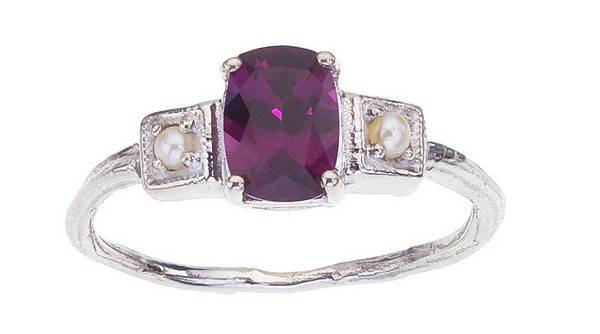
Fair Trade Garnet ring with cultured pearls, art deco style with organic details
Precious Metals
Modern gold mining creates obscene amounts of toxic waste and pollutants. Finding a jeweler who works with recycled metals should be a no brainer. The beauty of recycled metal is that once it’s melted down and refined, it’s new again. This process saves significant damage to the environment and there is no compromise in quality.
Eco-conscious jewelers and sources for eco-responsible raw materials to the jewelers are increasing in number. With a little creativity, together you can craft a beautiful jewelry that will reflect your values and bring you joy for years to come.
This guest post was written for Sweet Violet Bride by Barbara Polinsky of Barbara Michelle Jacobs Jewelry (Violet Vendor) and Mary Hood.